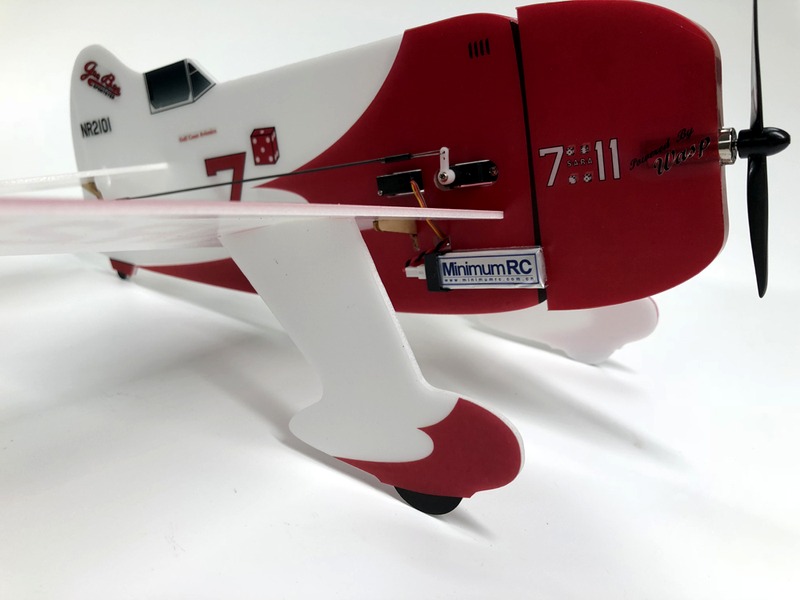Are RC planes legal?

Yes, RC planes are legal, but there are regulations that must be followed in order for them to be flown. Generally speaking, RC planes are subject to the same rules as manned aircraft, but with some extra restrictions.
The most important rule to follow is to only fly the plane in areas designated as safe for flying. This includes open areas that are away from populated areas, airports, and other no-fly zones. It is also important to make sure that the plane is registered and insured, and that the pilot has the proper certification.
Another important rule is to fly the plane only during the day and in good weather conditions. It is also important to keep the plane within eyesight at all times, as well as to maintain a safe distance from other aircraft and people.
Finally, it is important to make sure that the plane is in good working order before flying. This includes checking the battery charge, making sure all parts are in the correct place, and ensuring the transmitter is set to the correct frequency.
In addition to the regulations mentioned above, there are other restrictions that may apply to RC planes. For example, some countries may require that the pilot has a valid pilots license, or that the plane is registered with the local aviation authority. Furthermore, some countries may require that the plane has a unique identification number and that the pilot has a valid radio frequency license.
Overall, RC planes are legal, but they must be operated in accordance with the local laws and regulations. It is important to check with the local aviation authority before flying, as well as to make sure that the plane is in good working order and that the pilot is properly certified. Failure to follow these regulations can result in serious consequences, including fines and criminal charges.
Comments / Question
1. Make sure you understand the local laws and regulations regarding flying an RC plane in your area.
2. Always keep your RC plane in sight and never fly above 400 feet.
3. Do not fly near airports, populated areas, or power lines.
4. Make sure you use the appropriate safety gear, such as goggles and a helmet.
5. Do not fly in inclement weather or in low light.
6. Fly at a safe speed and stay clear of other planes or obstacles.
7. Make sure you have the appropriate level of experience before flying more advanced planes.
8. Be aware of the radio frequencies in use in your area to prevent interference.

